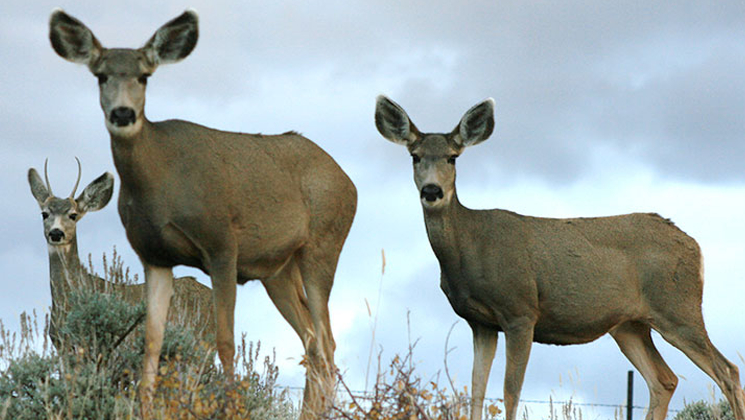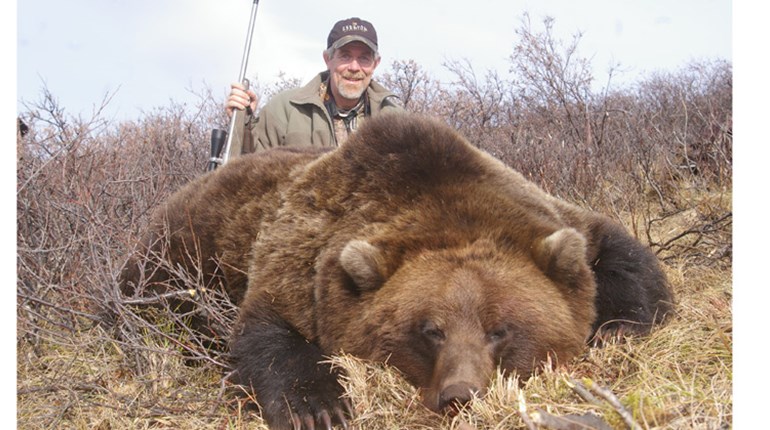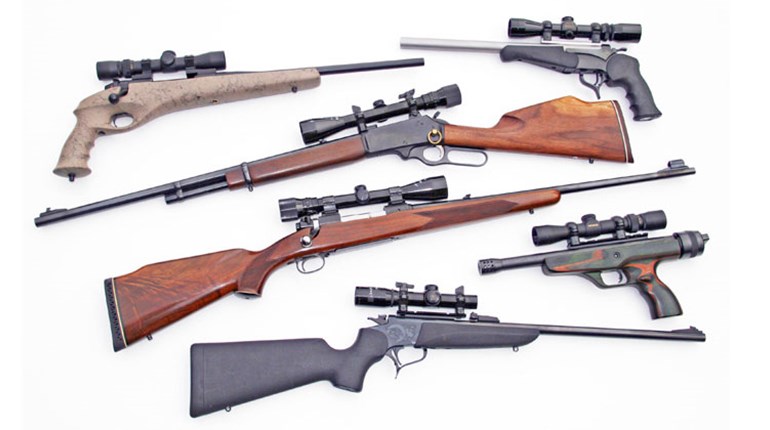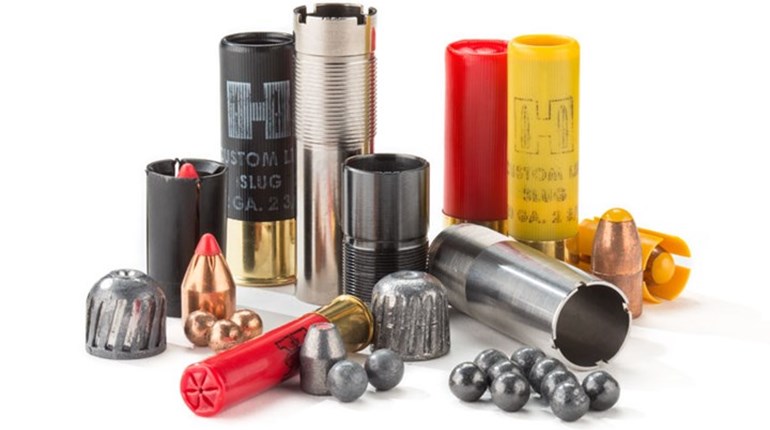
As an icon of the West, the mule deer presents specific challenges to hunters. Unlike the highly-favored and often glamorized whitetail, the mule deer’s cousin from the East, muleys inhabit much different terrain and behave differently in many ways. The bottom line, however, is that both are deer. In fact, some states where both species exist, issue only “deer” hunting tags. It pays to know the differences—and similarities—of both species.
Ways of the Whitetail
Whitetails are common in many regions from the coast of the Carolinas to Montana mountaintops, and from Texas prairies to Maine backwoods. These mammals (classified as hooved ungulates) are commonly seen around agricultural fields where corn and soybeans grow, around apple orchards and in hardwood forests where they often feed on their preferred food—the acorn.
The stunning whitetail has antlers that typically have tines protruding upward from one main beam that grows up then outward and around to opposing points in the center front. Whitetails also have white hair patches under their chin and the namesake white tail that serves as a flag to warn other deer of possible danger when alerted. These deer also have white hair inside the ears and on the belly. When fleeing, whitetails run swiftly in an outstretched posture with feet and legs moving parallel to the body. Masters at evading, whitetails can leap objects up to 6 to 8 feet tall in a single effortless hop. Most of a whitetail’s body is covered with chestnut-brown-colored hair in fall and winter and a reddish coat during spring and summer.
Discover the Mule Deer
Mule deer are strictly Western inhabitants and can be found from Texas to California, and from the Dakotas to Oregon. While these deer will feed on alfalfa and can sometimes be found in cornfields, they are mostly encountered in sagebrush-covered hills and valleys. Muleys also like mountains and pine forests, and generally drier habitat away from lush river bottoms.
Antlers on mule deer tend to be taller and wider than those found on their cousin—the whitetail. Muley antlers start with one base and typically grow forks from forks as the growth goes up and out. Mule deer also have white patches of hair under their chin, have much larger ears than whitetails (like a mule’s, thus the name), and tend to have a short stubby tail with a noticeable black tip of hair.
When fleeing danger, mule deer “stot,” a stiff-legged pogo-like bounce. This bouncy gait is very easy to note. Much of a mule deer’s body is covered with light, sandy tan hair. Overall the mule deer’s body is shorter, compact and stout.
Though the deer are definitely different in many ways, they are also much alike. Both of these deer have black noses with white on the muzzle and under the lower lip. Antlers and ears also are the same color and tend to confuse some hunters. And to add to the confusion you can sometimes see whitetails and muleys in the same field or on the same hill—together. What’s more, these species have been known to cross-breed. In general, the more aggressive whitetail is known to be pushing mule deer out of regions today.
On the Hunt
While whitetail pursuits often involve climbing into tree stands, sitting on a stump, or crawling into ground blinds and patiently waiting for a passing deer to appear, the typical mule deer hunt involves pulling on comfortable hunting boots then going for a long trek as you play the role of predator and actively hunt your prey. Expect to stop in the shadows of trees or under the tops of ridges as you glass into shadows across the valley to spot antler tips or the gleam of an eye. You’ll spend time walking, then glassing, then moving on until you spot a group of muleys. Then you must use camouflage and the terrain to move closer while going undetected.
You can use the terrain and vegetation to conceal your movement as you move near. You may have to check the wind, then walk a great distance up or down a valley to cross without being spotted by a bedded mule deer. Then you must sneak back within range so you can make a decisive shot. This cat-and-mouse game can take hours and require miles of walking, hours of watching and waiting for winds to change, or possibly for the sun to rise or fall so shadows are tilted to your advantage. The thrill comes in getting close and making the shot—as a top predator.
In addition to shouldering a daypack stuffed with water (it’s dry out there) and snacks, you should also include a rainsuit, tripod spotting scope and binoculars. You’ll need quality coated optics that permit you to peer into the dark brush and see the fine details that will reveal a concealed mule deer. While 7X35mm binoculars were once the standard, today most hunters use 10X42mm or higher magnification to help them spot muleys. A binocular that can be mounted on a tripod will help you use both eyes and be more comfortable on your prolonged search of shadows.
Your daypack should also have a shooting stick, bipods or a shooting tripod attached. You’ll often need to be able to steady your rifle above the sagebrush tops and make an accurate long-distance shot. Most mule deer during the hunting season—and peak of the rut or breeding season—are rarely alone. This means going “stealth” to avoid being spotted by those multiple eyes.
In preparation for the hunt, practice shooting at long distances with your rifle. Instead of the 100-yard standard Eastern shot on whitetails, think 200 or 300 yards away. A top key to hunter success is to practice shooting at long distances so you can build confidence at the range so you are comfortable, and learn your limit to avoid taking risky shots. You should also study bullet drop and foot-pounds of energy for the bullet at the distance where you will be shooting. This useful information can be found in sites such as Remington.com and Winchester.com. The favored calibers tend to be .270 Win., .308 Win. and up to .30-06. Any rifle should also have a riflescope (3-9X42mm is the standard), and should definitely have a rifle sling attached since you’ll be walking a lot and will need to shoulder your rifle at times.
While many mule-deer hunters successfully hunt in regular blue jeans and flannel shirts, camouflage in sage brush or that blends with brown and dull fall foliage can be the best options to help you blend in. Wearing a hat with a brim can also cast a shadow over your face and make you less visible.
Mule deer are fun to hunt because you can move about, explore the country, see new areas, and have fun. If you find a deer and make a successful shot you’ll also have great-tasting venison to share with family and friends. Those antlers also make impressive trophy mounts that say you’ve successfully hunted for an icon of the West.







































